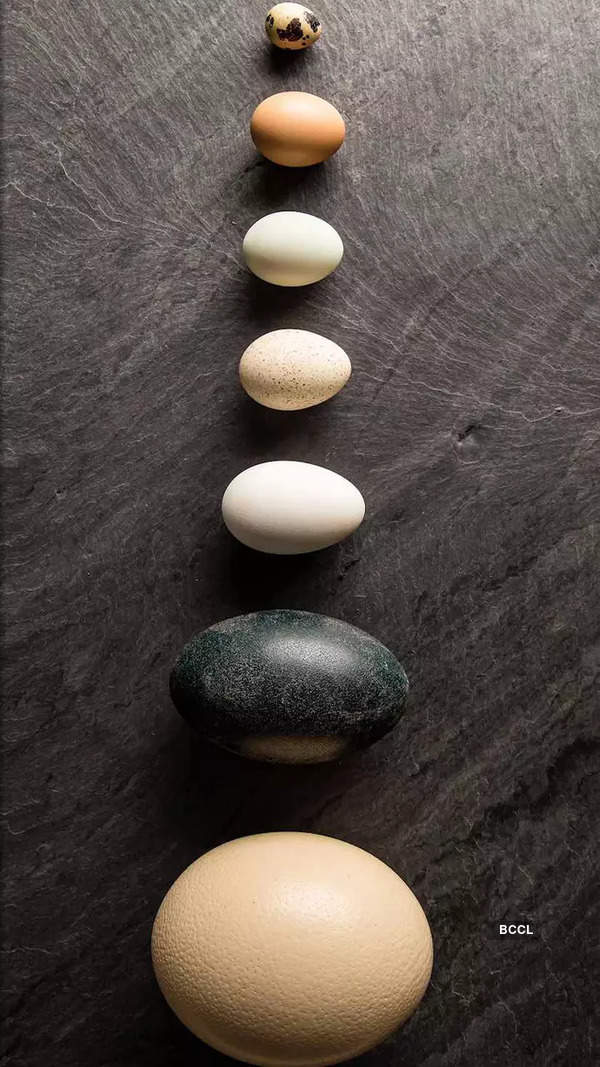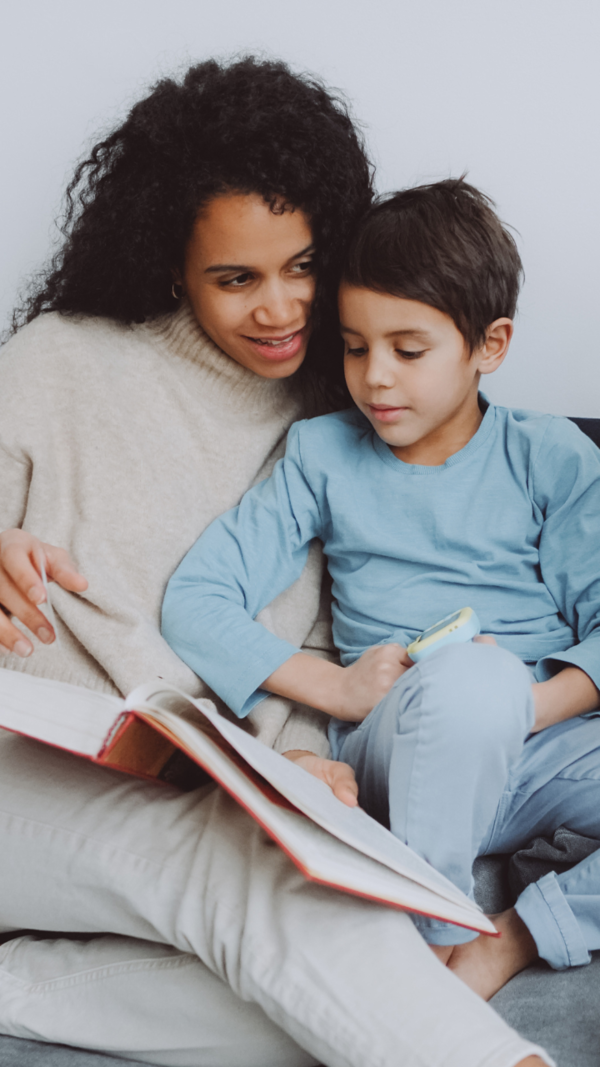- News
- Technology News
- Social News
- 5 easy tips to keep your WhatsApp chats and photos safe
Trending
5 easy tips to keep your WhatsApp chats and photos safe
WhatsApp users can enhance their privacy with simple steps. Turn on end-to-end encryption for backups, use chat locks with biometric verification, activate disappearing messages for temporary storage, enable two-step verification requiring a PIN for new device setups, and adjust privacy settings to control who sees your personal details, ensuring a secure messaging experience.
WhatsApp is one of the most popular messaging apps in the world, but with its widespread use comes the risk of privacy breaches and unwanted access to your chats and photos. Whether you're chatting with friends, sharing memories, or discussing important business matters, securing your personal information is a must. Fortunately, keeping your WhatsApp safe doesn’t have to be complicated. With a few easy steps, you can protect your chats and photos from unwanted eyes. In this article, we’ll share five simple tips that will enhance your WhatsApp security, ensuring your messages stay secure and your privacy is preserved.
WhatsApp safety tools to keep your chats and photos secure
End-to-end encryption for backups:
In order to protect your WhatsApp chats, turning on end-to-end encryption for backups is important. This encryption protects even if your chats are backed up to cloud storage, so that they can be read only by you and not by the cloud storage provider, keeping your sensitive data secure from prying eyes. Otherwise, your backups will be sitting there exposed. Here's how to do it:
- Open WhatsApp and navigate to settings.
- Tap on chats and then select chat backup.
- You’ll see an option for end-to-end encrypted backup. Turn this feature on.
- Follow the on-screen instructions to set a password for encryption. Make sure this password is something memorable but secure, as it will be required to restore your backup.
Chat lock:
If you have private conversations that need an extra layer of protection, WhatsApp’s chat lock feature is a perfect solution. This feature allows you to lock specific chats so that no one else can access them without your permission. You’ll need either biometric verification (fingerprint or face ID) to unlock the chats, adding an extra level of security. Here’s how to enable it:
- Open the chat which you wish to lock.
- Tap on the group name or contact name at the top to unlock the chat information.
- Scroll down and choose the chat lock option.
- Turn on the lock with the biometric or face unlock option, as per your device.
- Now, only you can open this chat using your fingerprint or facial recognition.
Disappearing messages:
To avoid having your personal conversations saved or stored for an extended period, take advantage of WhatsApp's disappearing messages option. With it activated, messages will be automatically deleted after one, seven, or ninety days have passed, preventing your messages from being saved permanently. It works for text and multimedia content alike. To activate it, do the following:
- Open the chat in which you wish to activate disappearing messages.
- Tap the name of the contact or group name at the top to go to the chat settings.
- Tap disappearing messages.
- Choose the desired length (one day, seven days, or ninety days) of time for how long the messages should be viewable before vanishing.
- When set, all messages, including multimedia sent along the way during the conversation, will automatically disappear after the set duration.
Two-step verification:
For some extra security from unauthorized use, turn on two-step verification for WhatsApp. The feature prompts you to input a six-digit PIN when you add your phone number to a new device so that even if a person has possession of your SIM card, they cannot register your number without entering the PIN. To do so:
- Open WhatsApp and proceed to settings.
- Tap Account, and then choose two-step verification.
- Select enable.
- You'll be asked to enter a six-digit PIN that you choose. Make sure it's easy for you to recall but difficult for others to figure out.
- If you want, you can enter an email address for account recovery in case you lose your PIN.
- After it's enabled, this PIN will be asked for every time your phone number is signed in on a new device.
Privacy controls:
WhatsApp enables you to be in control of who sees your personal details with its privacy settings. You can personalize who is able to view your profile picture, last seen status, read receipts, and status updates, providing a personalized privacy experience. Here's how to modify these settings:
- Open settings in WhatsApp.
- Tap privacy, where you'll see the following options:
- Last seen: Select who is able to view your last online status (everyone, my contacts, or nobody). Restricting access prevents unwanted attention.
- Profile photo: Choose who is able to view your profile photo. You can restrict it to My contacts or even set it to nobody for complete privacy.
- Status: Decide who is able to view your WhatsApp status updates (everyone, my contacts, or custom).
- Read receipts: Turn off blue ticks so that others won't be able to see when you've read their messages. If you turn off read receipts, you also won't be able to view others' blue ticks.
By adjusting these settings, you have more control over your WhatsApp experience and keep your personal data from unwanted eyes. With these security features, you can have peace of mind knowing your WhatsApp chats and photos are safely locked away from unwanted eyes.
Also Read: How to lock Aadhaar biometric online, why you need it and other important information

About the Author
TOI Tech DeskEnd of Article
Latest Mobiles
FOLLOW US ON SOCIAL MEDIA










